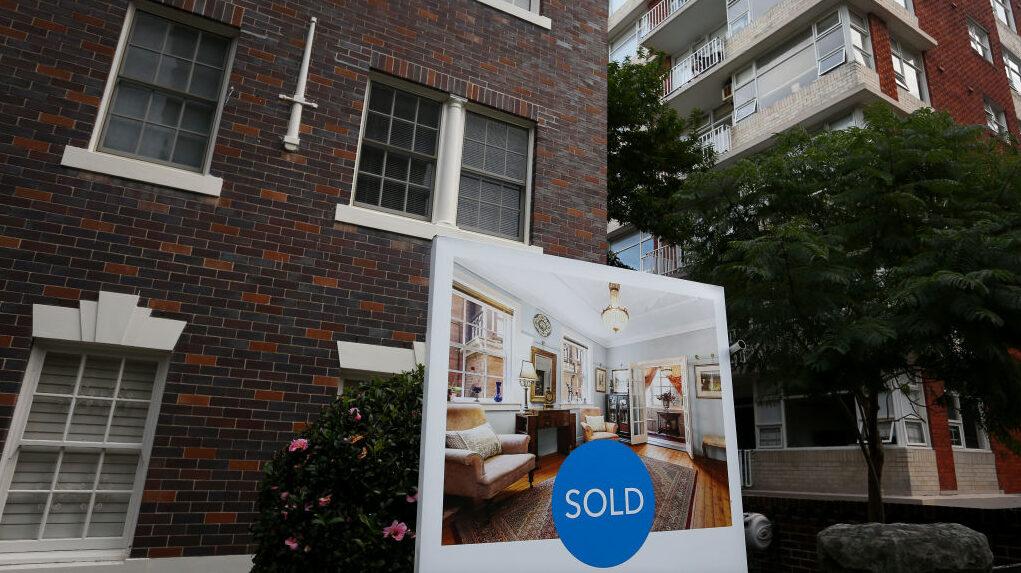The gap between Australia’s house and unit prices has reached record high in January of 28.3 percent after houses grew almost twice as fast in value over the same period.
CoreLogic’s latest monthly market update revealed that units recorded a growth rate of 14.3 percent in the 12 months to January while houses grew 24.8 percent in the same period. Together, it is the highest annual dwelling growth rate since 1989.





